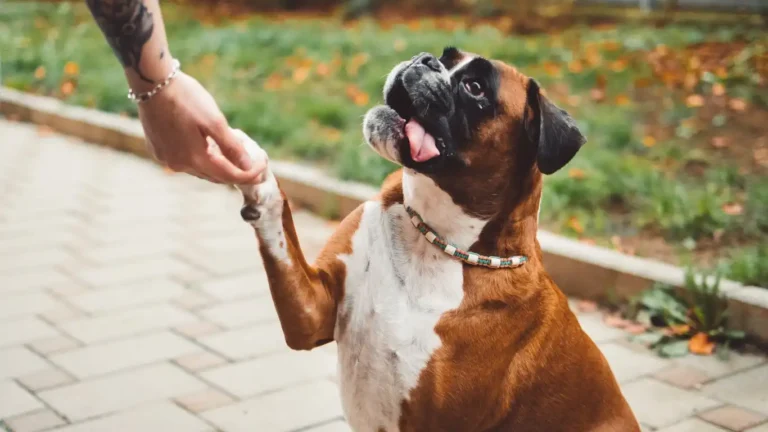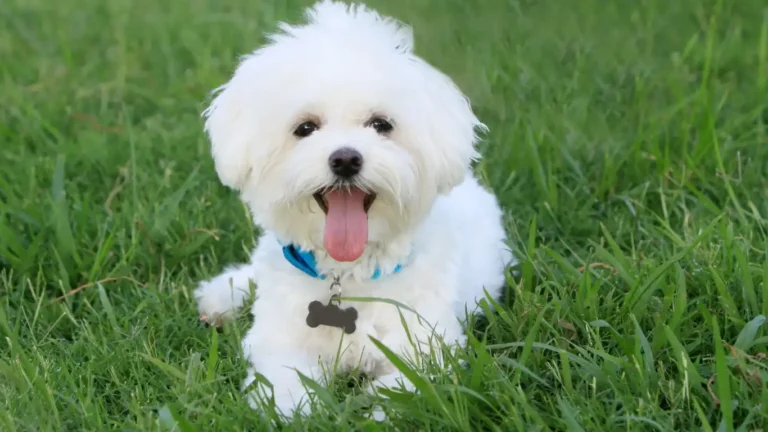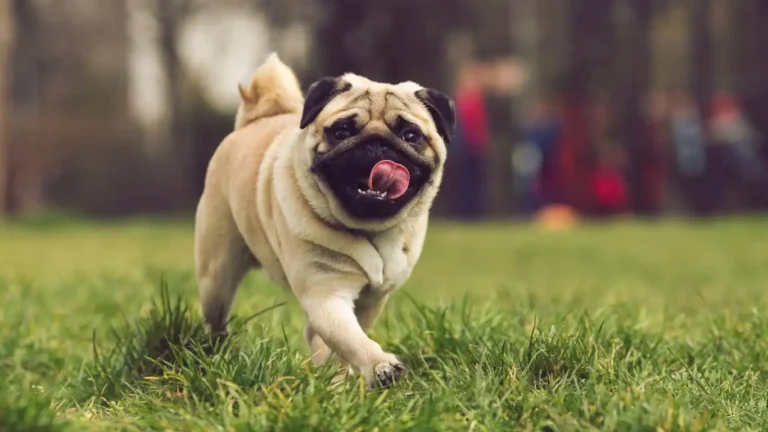How to Remove Stubborn Dog Urine Stains from Carpet Effectively
We’ve all been there: you walk into the room, and there it is—a stubborn dog urine stain on the carpet. It’s frustrating, especially when it’s one of those tough stains that seems like it’ll never come out. As a pet nutritionist and pet care expert with years of experience in veterinary clinics, I’ve seen more than my fair share of dog-related accidents, and trust me, I get it! But don’t worry. Whether you’re dealing with a fresh accident or a long-standing stain, I’ve got some tricks up my sleeve that’ll help you get your carpet looking good as new. In this guide, I’m going to show you how to remove stubborn dog urine stains from carpet, and I’ll share some tips I’ve learned over the years. Let’s dive in!
Understanding Why Dog Urine Stains Are So Stubborn
Before we jump into the cleaning solutions, it’s important to understand why dog urine can be such a headache to deal with. Urine contains ammonia, urea, and other compounds that can really cling to your carpet fibers, creating a stain that’s not only tough to clean but also tends to leave a lingering smell. And when urine sits in the carpet for a while—especially if it’s not cleaned properly right away—it can even seep into the padding below. That’s when things get really tricky.
But here’s the thing: the longer the stain sits, the harder it becomes to remove. However, no need to panic just yet. With the right approach, you can still rescue your carpet. Here’s how I tackle these stubborn stains with my own pets, and it works like a charm!
Start by Blotting, Don’t Rub!

The first step in removing stubborn dog urine stains from carpet is to act fast. Don’t rub the stain! I know, it’s tempting to try and scrub it out, but rubbing it just pushes the urine deeper into the fibers, making it harder to clean. What you should do instead is blot the area gently with a clean cloth or paper towels. You’ll want to absorb as much of the urine as possible before you do anything else. The faster you act, the better your chances are of completely removing the stain and odor.
Use a clean towel or cloth, fold it into a thick square, and press it onto the stain. If it’s a fresh accident, you’ll probably have to press down a few times to get all the liquid up. If the stain has already dried, a little bit of water spritzed onto the area can help loosen things up before blotting. Just keep repeating this process until you can’t see any more liquid being absorbed.
Choosing the Right Cleaning Solution
Once you’ve blotted up as much urine as possible, it’s time to tackle the stain with a cleaning solution. Now, there are a lot of options out there—some commercial cleaners, DIY remedies, and even pet-specific stain removers. Over the years, I’ve learned that there are a few tried-and-true solutions that work wonders for stubborn dog urine stains. Let’s go through them!
DIY Solutions: Vinegar and Baking Soda

One of my personal favorites—and something I recommend to pet owners all the time—is using a mixture of white vinegar and baking soda. Not only is this method affordable, but it’s also incredibly effective at neutralizing odors and breaking down the stain. Here’s how to do it:
- First, mix equal parts of white vinegar and water in a spray bottle.
- Spray the solution generously onto the urine stain, making sure the area is well saturated.
- Let it sit for about 5-10 minutes, allowing the vinegar to break down the stain and neutralize odors.
- Next, sprinkle a layer of baking soda over the area. You should see some fizzing action, which is a good sign—it means the solution is working.
- Once the fizzing slows down, use a cloth or sponge to blot up the excess liquid and baking soda.
- Finally, rinse the area with water and blot again to remove any remaining residue.
This method not only helps with removing the stain but also gets rid of that unpleasant urine odor that can linger for days. It’s a win-win!
Enzyme-Based Cleaners
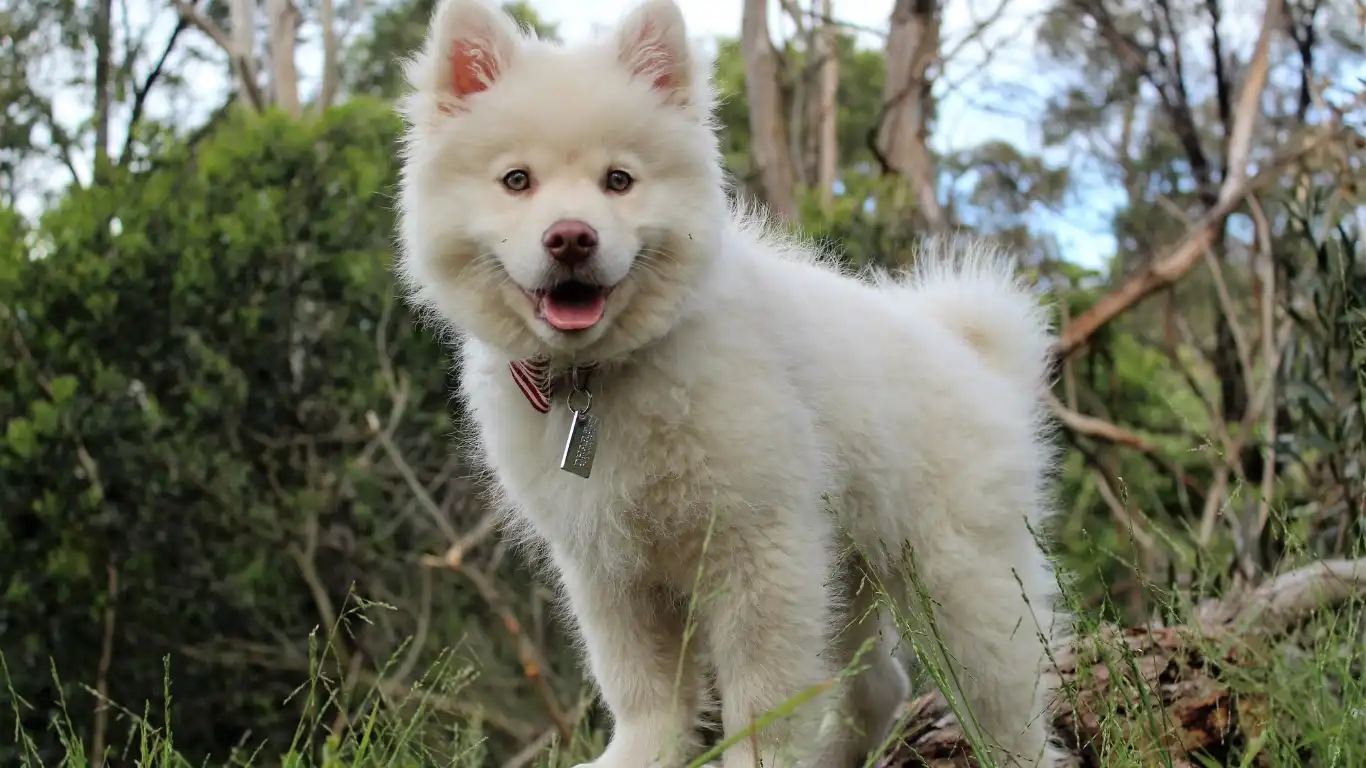
If you’re dealing with a particularly tough stain or odor, I recommend going for an enzyme-based cleaner. These cleaners contain natural enzymes that break down the proteins in the urine, helping to eliminate both the stain and the smell at the source. Unlike regular cleaning solutions, enzyme cleaners specifically target the biological components of urine, which makes them ideal for pet accidents.
To use an enzyme-based cleaner, simply follow the instructions on the label. Most of the time, you’ll want to spray it on the stain, let it sit for 10-15 minutes, and then blot it up. For stubborn stains, you may need to repeat the process, but I’ve found that enzyme cleaners work wonders for deep-set stains that other methods can’t handle.
Why Patience Is Key
When it comes to removing stubborn dog urine stains from carpet, it’s easy to get frustrated, especially if the stain seems like it’s never going to budge. But one thing I’ve learned from years of experience is that patience is key. Sometimes, even after applying your cleaning solution and blotting the area, the stain may need some extra time to completely fade. That’s okay! If you can still see a bit of the stain, don’t hesitate to repeat the process or apply a second round of treatment.
Also, remember that your carpet may take a little time to dry completely. A damp carpet can sometimes give the illusion that the stain is still there, so give it time to air dry before making your final assessment. You’ll be surprised at how much better it looks after a few hours of drying!
In the next part, we’ll dive deeper into advanced cleaning techniques and discuss how to prevent future accidents from turning into another stubborn stain situation. But for now, rest assured that with these simple steps, you’ll be well on your way to a cleaner, fresher-smelling carpet!
Advanced Techniques for Stubborn Dog Urine Stains
By now, you should have tackled the basics of blotting up the mess and tried a few simple DIY solutions. But what if the stain just won’t budge? Trust me, I’ve been there too! Sometimes, even after doing everything right, the stain may remain stubborn, especially if it’s been sitting for a while. Don’t stress—there are still a few more techniques that can work wonders. Let’s take a deeper dive into some advanced methods I’ve found effective when all else fails.
Steam Cleaning: A Game Changer
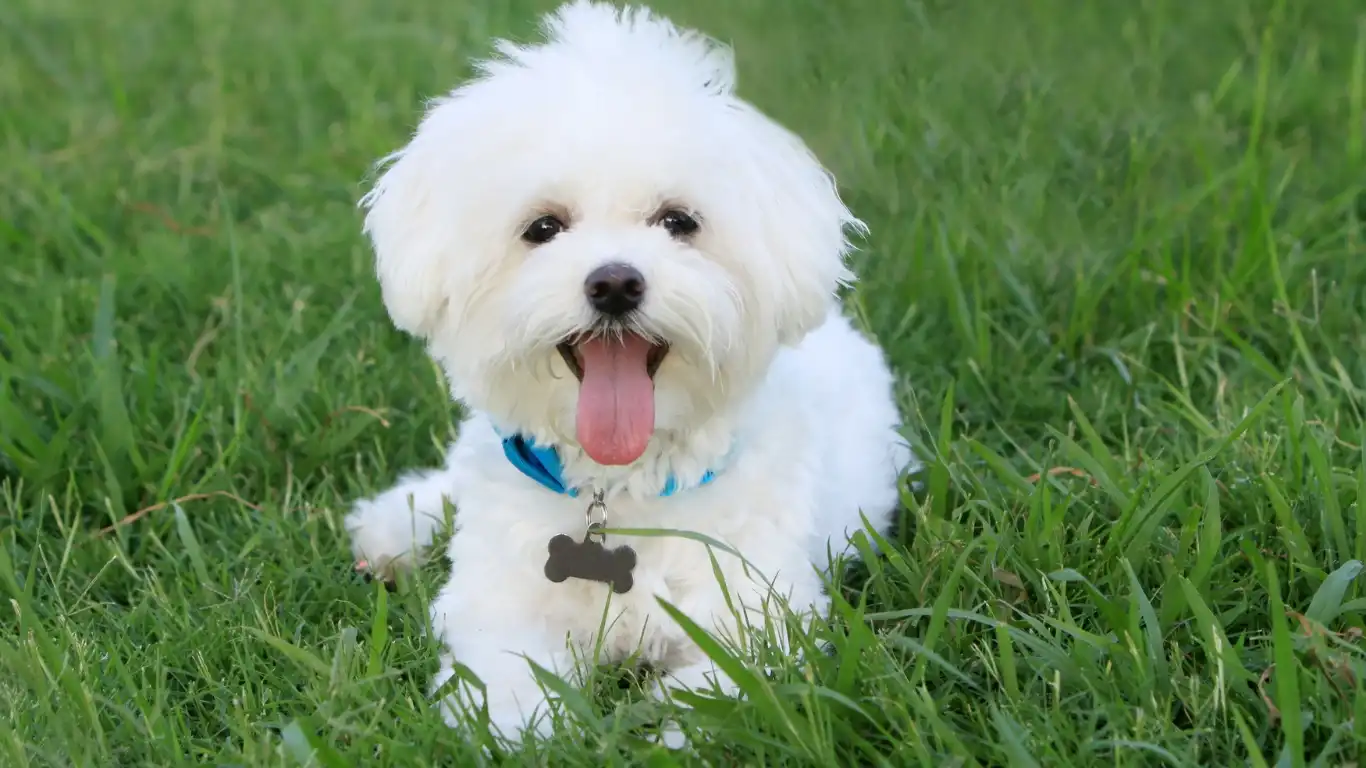
One of my secret weapons for deep cleaning is steam cleaning. If you’ve never used a steam cleaner before, I can’t recommend it enough! Steam cleaners work by using hot water and pressurized steam to penetrate the carpet fibers and dissolve stains—dog urine included. It’s especially effective for odors and stains that have soaked deep into the carpet padding, which can be a real challenge to tackle with surface cleaning alone.
If you don’t have a steam cleaner, you can rent one from a local store or use a handheld version. Here’s what you need to do:
- Fill the steam cleaner with hot water (check the instructions for the right amount of solution if you’re using a cleaning agent).
- Start steaming the affected area slowly, moving the steam cleaner back and forth over the stain. The heat helps to break down the urine while also deodorizing the carpet.
- Let the area dry completely, and if the stain is still visible, you might need to repeat the process once or twice. But don’t worry, steam cleaning is a heavy-duty solution that’s bound to get you closer to a fresh-smelling carpet!
Just a word of caution—don’t over-wet your carpet. You want the steam to do its job, but soaking the carpet too much can cause additional problems like mold or mildew. Keep it light, and let the drying process happen naturally.
Hydrogen Peroxide: The Heavy-Hitter
Another tool that can come in handy when dealing with tough stains is hydrogen peroxide. It’s a powerful cleaner that’s been used for years in both household and veterinary settings. Hydrogen peroxide is great for breaking down the proteins in dog urine, especially if the stain is older and more set-in.
To use hydrogen peroxide, you’ll want to go with a 3% solution, which is the typical concentration found in stores. Here’s how to use it effectively:
- Mix a solution of 1 part hydrogen peroxide to 1 part water in a spray bottle. Optionally, you can add a teaspoon of dish soap to help lift the stain even further.
- Spray the mixture onto the stain, ensuring it’s well-covered. You’ll likely notice some fizzing action—that’s the hydrogen peroxide working to break down the stain!
- Let it sit for about 10-15 minutes. After that, blot up the excess liquid with a clean towel or cloth.
- If needed, repeat the process until the stain fades away.
Hydrogen peroxide is great for cleaning up pet messes, but make sure to test it on a hidden spot of your carpet first. While it’s safe on most materials, some carpets may fade or get discolored with hydrogen peroxide, especially if they’re very light-colored. Better safe than sorry!
How to Deal with Persistent Odors
One of the most frustrating things about dog urine stains isn’t just the stain itself—it’s the odor that seems to linger long after you think you’ve cleaned it. If your carpet smells like dog urine even after you’ve cleaned it up, don’t worry; I’ve got a few more tips to help neutralize those odors for good!
Deodorizing with Baking Soda
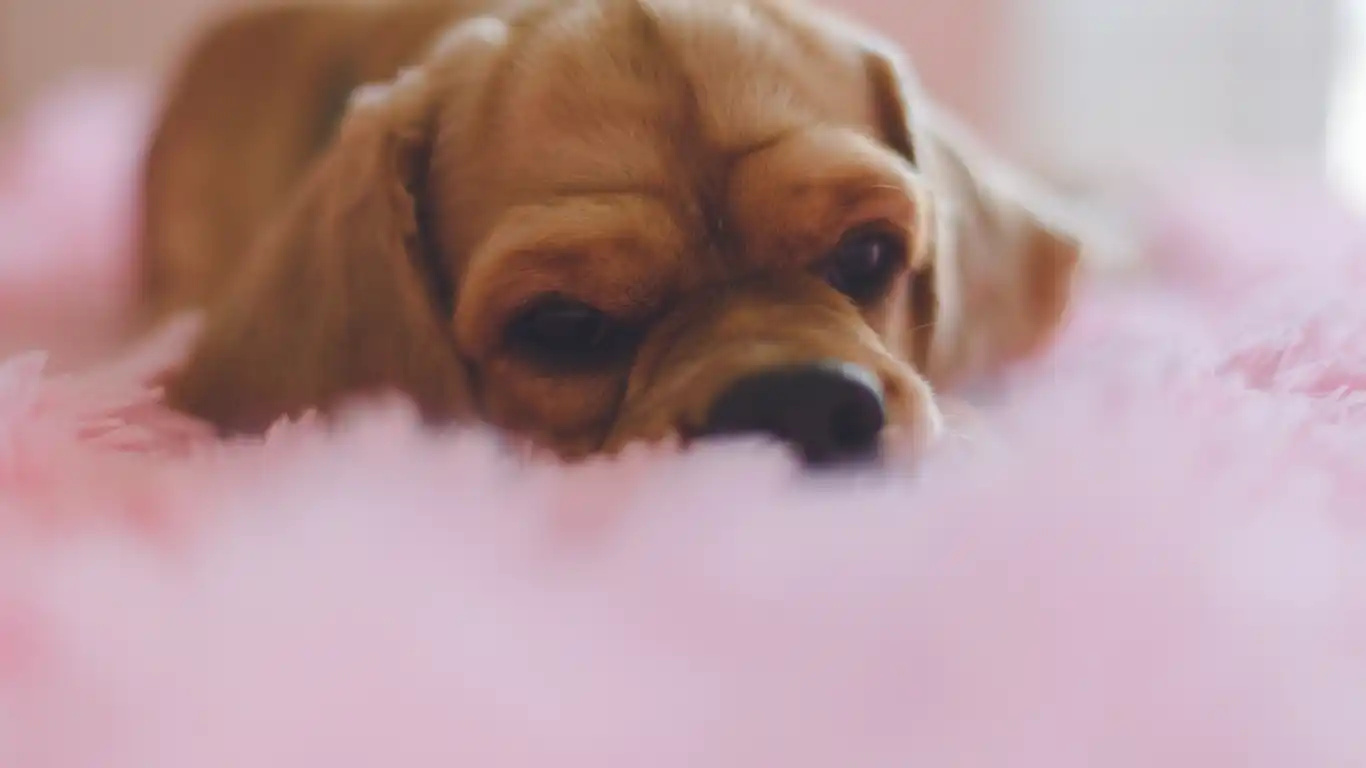
Baking soda is a lifesaver when it comes to neutralizing odors. This simple, natural ingredient works wonders at absorbing bad smells and leaving your home smelling fresh again. After you’ve cleaned the stain using one of the methods mentioned above, you can use baking soda to help lift any lingering odors.
Here’s how you can use baking soda to deodorize your carpet:
- Sprinkle a generous amount of baking soda over the affected area, making sure it covers the stain completely.
- Let the baking soda sit for a few hours—overnight is best if possible. This gives it plenty of time to absorb any odors left behind.
- Once the time is up, vacuum up the baking soda. The odor should be greatly reduced, if not completely gone!
If the smell persists, you can repeat this process or even mix a little essential oil (like lavender or lemon) with the baking soda for a pleasant, fresh scent. Just make sure the oil is pet-safe before using it around your dog.
Using Commercial Odor Neutralizers
Sometimes, though, you need something a little stronger. That’s where commercial odor neutralizers come in. These are products specifically designed to break down the compounds in pet urine that cause odor. There are a number of brands available, many of which are formulated with enzymes that tackle the source of the smell, rather than just masking it.
One of the brands I’ve personally used and recommended to clients is Nature’s Miracle. This enzyme-based cleaner not only helps to lift stains but also goes deep into the carpet fibers to neutralize odors at the root. Simply follow the manufacturer’s instructions, and you’ll be well on your way to a fresh-smelling home.
Prevention: How to Keep Your Carpet Clean in the Future
So, you’ve managed to get rid of that stubborn dog urine stain and freshen up your carpet. But what if you could prevent it from happening again? Preventing future accidents is key to maintaining a clean carpet in the long run. As someone who works closely with pet owners, I can tell you that there are a few strategies that can help reduce the likelihood of more stains and odors in your home.
Proper Potty Training

The first—and most obvious—step is to make sure your dog is properly potty trained. Accidents happen, but with consistent training, your dog should be able to learn where it’s appropriate to go. If you have a puppy, make sure you’re taking them outside frequently, especially after meals and naps. Crate training can also be an effective way to prevent accidents, as dogs tend to avoid soiling their personal space.
Clean Up Accidents Quickly
Even the most well-trained dogs can have an accident every now and then. If that happens, don’t wait to clean it up. The longer the urine sits on your carpet, the more difficult it becomes to remove. Quick action will save you a lot of headache later on!
In the next section, we’ll talk about some additional cleaning tools and tips to make future stain removals even easier. But for now, just know that with these methods, you can handle any stubborn stains and keep your home smelling fresh.
Additional Tools & Tips for Carpet Stain Removal
At this point, you’ve learned about the basics of removing dog urine stains, tried some advanced techniques, and even discovered how to tackle stubborn odors. But there are still a few extra tips and tools that can make the process even easier in the long run. Trust me, as a pet care expert, I’ve seen firsthand how the right tools and techniques can save you time, money, and a lot of frustration. So let’s dive into some additional resources that’ll keep your carpet looking fresh!
Investing in a High-Quality Carpet Cleaner
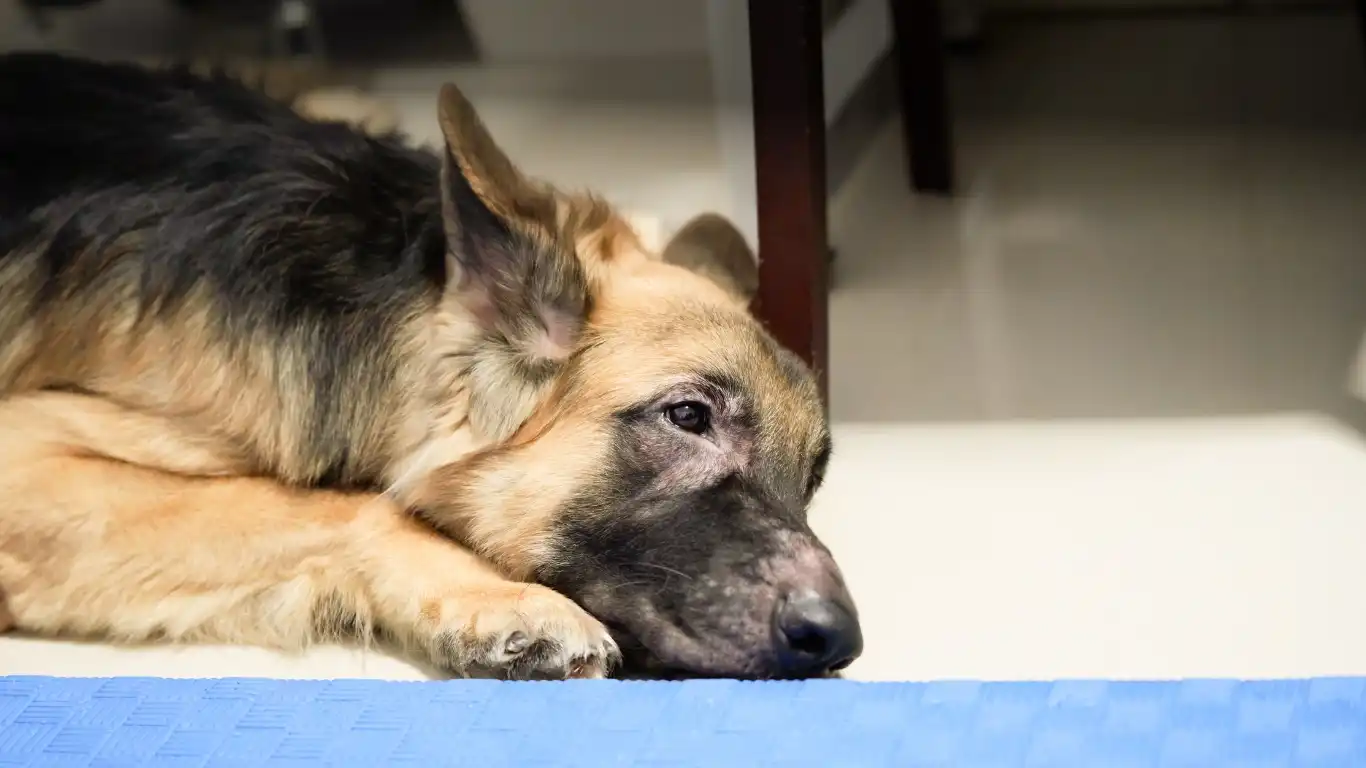
If you’re dealing with pet stains on a regular basis, it might be worth investing in a high-quality carpet cleaner. While rental steam cleaners and DIY methods work, there’s something about having your own equipment on hand that makes life so much easier. A carpet cleaner designed specifically for pet stains can make a huge difference in the long run. It will save you trips to the store and give you the ability to clean up messes right away.
One of the best models I’ve used is the Bissell Pet Pro Carpet Cleaner. It’s designed for homes with pets and has a powerful suction feature to pull out pet urine and other stains from deep within the carpet fibers. It also has a special tool for tackling stubborn stains, and it uses heatwave technology to maintain a constant water temperature for better cleaning results.
Having a carpet cleaner at home can save you the cost of professional cleaning and ensure you stay ahead of any messes. Plus, it gives you peace of mind knowing that you’re fully prepared for whatever your furry friend might throw at you!
Consider Hiring a Professional
If all else fails, or if the stains are just too much to handle on your own, don’t be afraid to call in the pros. Professional carpet cleaners are experts at dealing with tough pet stains, and they often have access to industrial-grade equipment and cleaners that you might not have at home.
I’ve worked with a few professional carpet cleaning companies, and the results they can achieve are often stunning. They have specialized tools that can extract the stain and odor from deep within the carpet padding, which is something even the best home carpet cleaners might not always achieve.
Keep in mind, though, that professional cleaning can be pricey. So, if you’re able to handle the cleaning yourself with the methods we’ve covered, it’s definitely worth trying those first. But if you have a large area to clean or the stains have set in for a long time, hiring a professional might be the most effective solution.
Prevention: How to Keep Your Carpet Clean Long-Term
Alright, you’ve successfully removed the stains, and your carpet is looking fresh again. But how do you keep it that way? As any pet parent knows, accidents are bound to happen, but there are a few things you can do to minimize the chances of your carpet getting stained in the first place.
Establish a Regular Potty Routine

One of the most important steps you can take to prevent dog urine stains is to establish a solid potty routine for your dog. This is especially important for puppies or newly adopted dogs who may still be learning where it’s okay to go. Make sure to take your dog out frequently—especially after meals, playtime, and naps—so they don’t have accidents indoors.
Consistency is key here. Even if your dog is fully potty trained, accidents can still happen if they’re not taken outside regularly. And if you notice your dog seems to have a sudden increase in accidents, it could be a sign of a health issue. In those cases, a visit to the vet is always a good idea.
Use Puppy Pads or Training Pads
If your dog isn’t yet house-trained or you’re dealing with an elderly dog, puppy pads can be a lifesaver. These absorbent pads are perfect for catching accidents before they hit your carpet. I recommend placing them in areas where your dog tends to have accidents or where they tend to spend a lot of time.
Some pads even come with attractant scents that encourage your dog to use them, which can help with training. While puppy pads aren’t a perfect long-term solution, they can be incredibly useful while you’re working on house-training your dog or preventing accidents during the night or when you’re not home.
Keep Your Dog’s Health in Check
If your dog suddenly starts having frequent accidents, it could indicate a medical issue. Conditions like urinary tract infections (UTIs) or bladder problems can lead to accidents in the house, even in fully trained dogs. As a pet nutritionist, I can tell you that maintaining your dog’s overall health is crucial when it comes to preventing messes in your home.
Regular vet check-ups are important for catching any potential health issues early. Additionally, making sure your dog is on a balanced, nutritious diet can help prevent certain issues, such as urinary problems. A healthy diet ensures proper digestion and urinary tract health, reducing the likelihood of accidents due to discomfort or illness.
Disclaimer
While the methods and tips shared in this article are based on my personal experience as a pet nutritionist and pet care expert, it’s always important to keep in mind that every situation is different. If your pet’s behavior changes suddenly or you experience a significant increase in accidents, it’s best to consult with a veterinarian to rule out underlying health conditions.
Additionally, while these cleaning methods are effective for most types of carpets, always test any cleaning solution on an inconspicuous area of your carpet before applying it to the stained area to ensure it doesn’t cause discoloration or damage.
References
For more information on pet care and cleaning tips, visit our main site: PawPatron.

